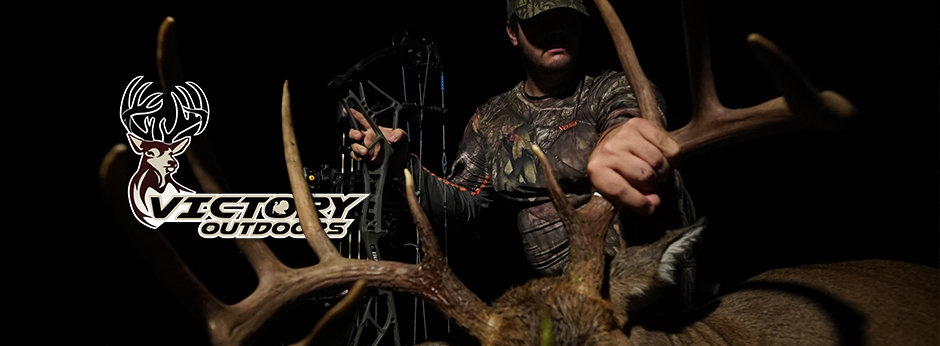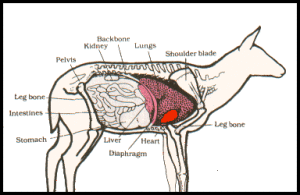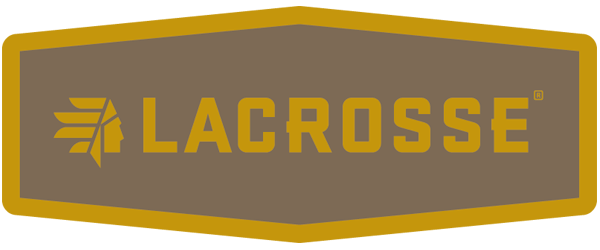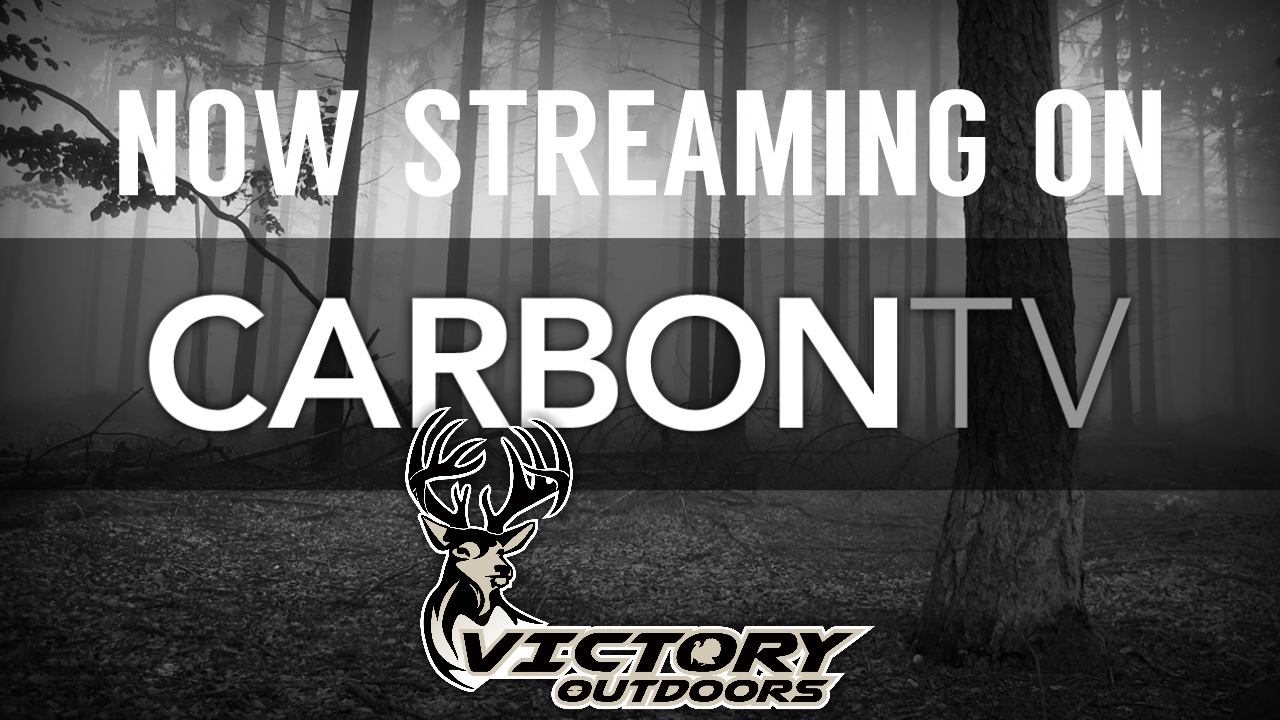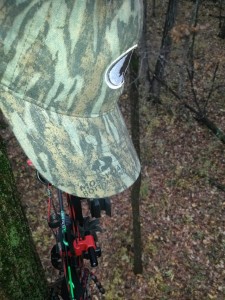 Less than a minute has elapsed since you’ve shot one of the biggest bucks you have ever seen. It happened so fast it’s hard to believe. In this very moment what you do next may determine whether or not you’ll recover your buck.
Less than a minute has elapsed since you’ve shot one of the biggest bucks you have ever seen. It happened so fast it’s hard to believe. In this very moment what you do next may determine whether or not you’ll recover your buck.
Your first impulse is to bail out of your tree stand and take off after him. Depending upon your arrow placement, this could be a big mistake. If a deer is not hit well you could spook him and make recovery next to impossible. That’s what we call a recovery mistake not a bad shot, a lot of the time a good recovery plan can make up for a poor shot, the reverse can be true. The failure to plan the recovery can cost you a buck even when you have made a great shot.
After shooting the deer, stay in your stand and be quiet for the recommended time. A noise might push your deer away. He could be bedded down less than 100 yards away.
I have found it very helpful to tie a piece of pink surveyor ribbon around my stand tree at eye level from where I shot. After noting several terrain features near where the deer was standing and where it ran too, I tie on the ribbon before coming down. From the ground looking back up to the ribbon, I can get a better visual for locating exactly where the deer was and went.
Before beginning the tracking, mark where you shot the deer with a piece of white toilet paper hung on a branch. Mark the trail periodically with more toilet paper as you track. This will give you a line on the deer’s travel. When you find the arrow, check for hair, tallow, blood, etc. This will give you a good clue on how to track. Example: Tallow and slime means you should wait 4 hours.
Check for blood carefully, walking off to the side of the run. Look for blood on trees, saplings, and leaves that are about the same height as the wound. Blood will sometimes rub off the body. If tracking as a group, spread out a little. Keep noise to a minimum. In tracking, sometimes “too many cooks can spoil the stew.” It would be better if only 2 or 3 people tracked the deer. If the blood trail runs out, you can always get more help to search for the deer. By the way, when tracking said deer, make sure everyone is on the same page. Stick to the task at hand and no squirrel hunting, sorry I had to put that in there and you know who you are.
Be persistent!
While tracking a deer that you have shot, you jump a deer and it flags its tail, it’s probably not your deer. A wounded deer will very seldom “flag.” BUT – check it out anyway. Tracking at night presents special problems with visibility. The blood and the deer will both be hard to see. A Coleman gas lantern will help a lot in both cases. If the deer is not hit well, and no rain is forecast, wait until morning. Take a compass bearing to where you last saw the deer, and another one to where you last heard any noise from its flight. It might prove very helpful. When trailing at night use a couple of the Chem Lights that you can get at Walmart for less than a buck. You don’t use these lights to see blood, but they are hung on limbs at the last blood found. That way nobody has to stand on the last blood and everyone can easily see where the last blood was found.
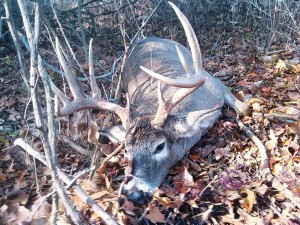 It helps to have someone who did not shoot the deer to help with the blood trial. Many an experienced hunter in his excitement misses things. Even get down on your hands and knees when a blood trail is hard to see, it helps. From this angle while night tracking you can shine the light in the direction of travel and often see blood that does not show when standing over it. Look at the bottom of leaves on branches at deer body height. Sometimes as the branch slides along the body of a deer it is the underside of the leaf that picks up the blood. Look for disturbed leaves and broken twigs as well as for the blood sign on hard to follow blood trails. It is often hard to follow a blood trail in tall grass. It seems that the blood can fall all the way to the ground without hitting a single blade of grass.
It helps to have someone who did not shoot the deer to help with the blood trial. Many an experienced hunter in his excitement misses things. Even get down on your hands and knees when a blood trail is hard to see, it helps. From this angle while night tracking you can shine the light in the direction of travel and often see blood that does not show when standing over it. Look at the bottom of leaves on branches at deer body height. Sometimes as the branch slides along the body of a deer it is the underside of the leaf that picks up the blood. Look for disturbed leaves and broken twigs as well as for the blood sign on hard to follow blood trails. It is often hard to follow a blood trail in tall grass. It seems that the blood can fall all the way to the ground without hitting a single blade of grass.
Some shots that look good may be one lung or a poor liver hit because of the angle. These deer can take several hours to die. Be careful about pushing them too soon, since they will rarely leave much blood sign if they are jumped when bedded. Look ahead as you blood trail for deer parts and movement. Your deer may still be alive and you might be able to get a second shot or back off without spooking it.
Did I say be persistent! Happy Hunting my friends!!!
TRACY PEDRETTI, Mossy Oak Prostaff
